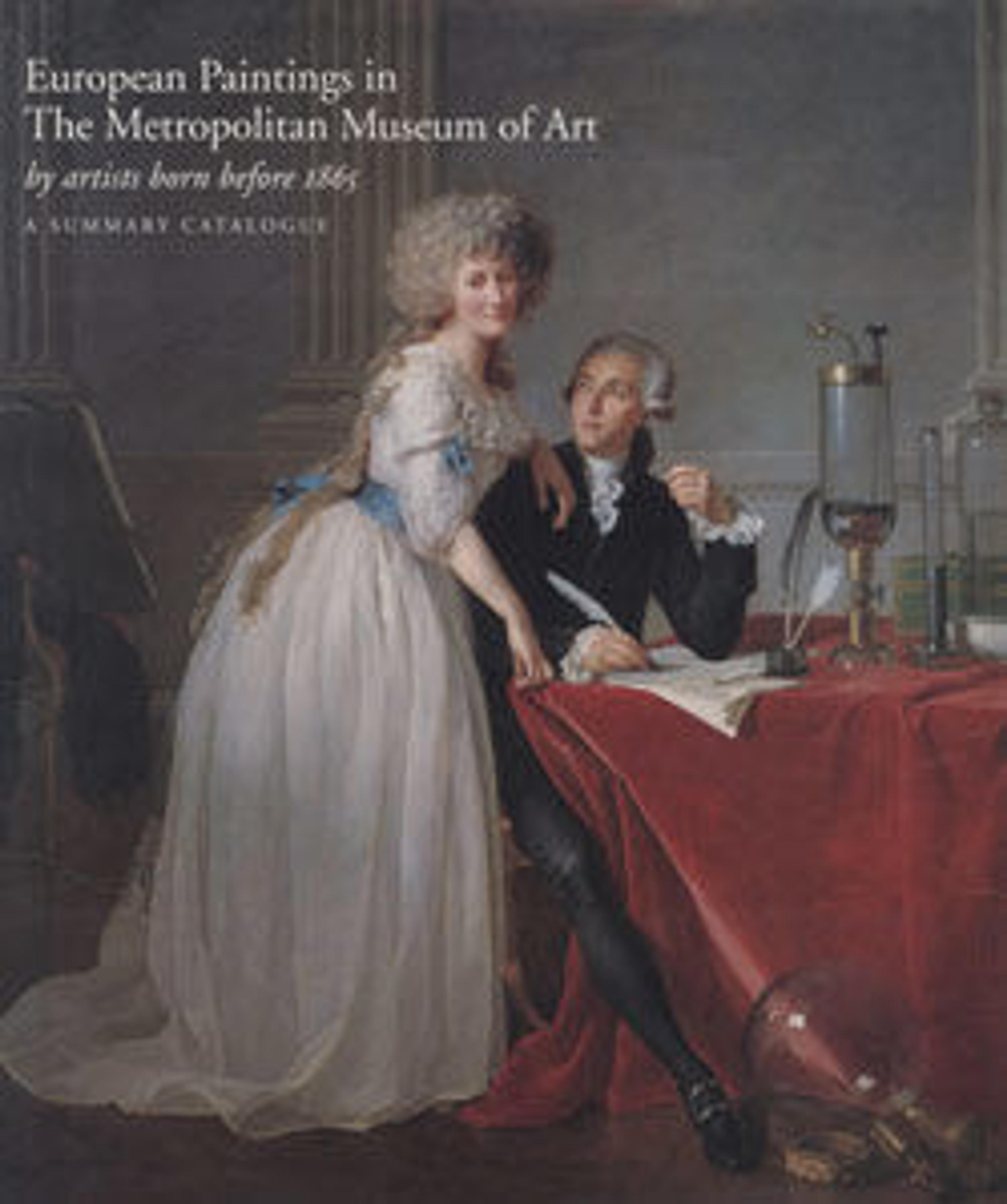A Bashi-Bazouk
The figure depicted here is a mercenary of the Ottoman Empire. The Turkish term for him is bashi-bazouk, which translates as “headless.” These men fought for plunder, an association that gave Bargue license to employ his virtuosic painting technique to paint finery such as the silk garments and narghile, or water pipe.
Artwork Details
- Title:A Bashi-Bazouk
- Artist:Charles Bargue (French, Paris 1825/26–1883 Paris)
- Date:1875
- Medium:Oil on canvas
- Dimensions:18 1/4 x 13 1/8 in. (46.4 x 33.3 cm)
- Classification:Paintings
- Credit Line:Catharine Lorillard Wolfe Collection, Bequest of Catharine Lorillard Wolfe, 1887
- Object Number:87.15.102
- Curatorial Department: European Paintings
More Artwork
Research Resources
The Met provides unparalleled resources for research and welcomes an international community of students and scholars. The Met's Open Access API is where creators and researchers can connect to the The Met collection. Open Access data and public domain images are available for unrestricted commercial and noncommercial use without permission or fee.
To request images under copyright and other restrictions, please use this Image Request form.
Feedback
We continue to research and examine historical and cultural context for objects in The Met collection. If you have comments or questions about this object record, please contact us using the form below. The Museum looks forward to receiving your comments.
